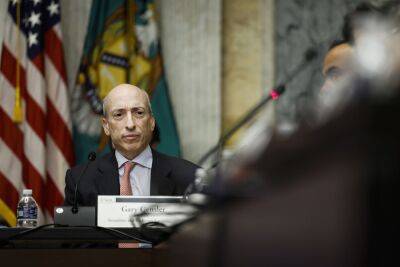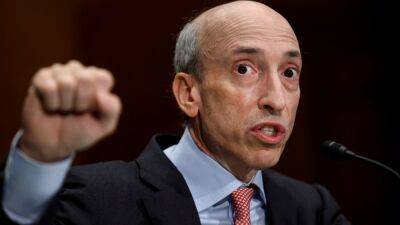Bitcoin price clings to $22K as investors digest the recent SEC actions and CPI report
After twenty days of holding the $22,500 support, Bitcoin (BTC) price finally broke down on Feb. 9. Bullish traders had placed their hope on a sustained rally, but this has been replaced by a tight trading range with resistance at $22,000.
The downtrend is even more concerning since the S&P 500 is trading near its highest level in six months, yet the wider crypto market continues to correct.
Regulatory pressure, mainly in the United States, can explain Bitcoin's recent lackluster performance. For starters, on Jan. 9, Kraken exchange reached an agreement with the United States Securities and Exchange Commission (SEC) to stop offering staking services to U.S. clients. The crypto also firm agreed to pay $30 million in disgorgement, prejudgment interest and civil penalties.
On Feb. 10, cryptocurrency lending firm Nexo Capital announced that its yield-bearing Earn Interest product for U.S. customers would be shut down in April. Nexo pointed to its $45 million settlement with the SEC and other regulators on Jan. 19 as the reason for the service halting.
U.S. SEC Chair Gary Gensler issued a warning to crypto companies on Jan. 10 to "come in and follow the law," explaining that their business models were "rife with conflict" and claimed they needed to "disentangle" bundled products. Gensler said that such companies are required to register with the SEC.
Another blow to crypto market sentiment came on Feb. 13 after Paxos Trust Company announced the termination of its relationship with Binance for the branded U.S. dollar-pegged stablecoin BUSD amid an ongoing probe by New York state regulators.
On Feb. 14, the U.S. will report January's consumer price index data, which will reveal whether price increases have been subdued after the
Read more on cointelegraph.com

















